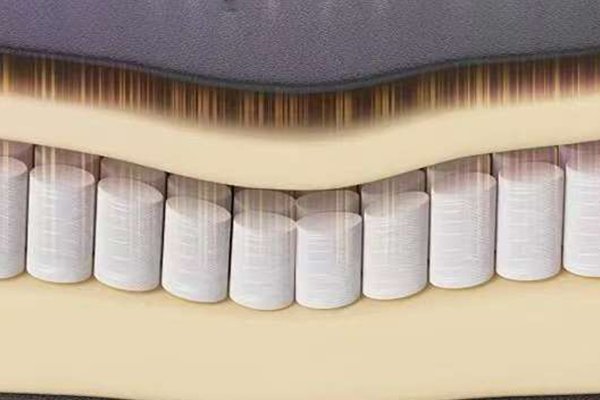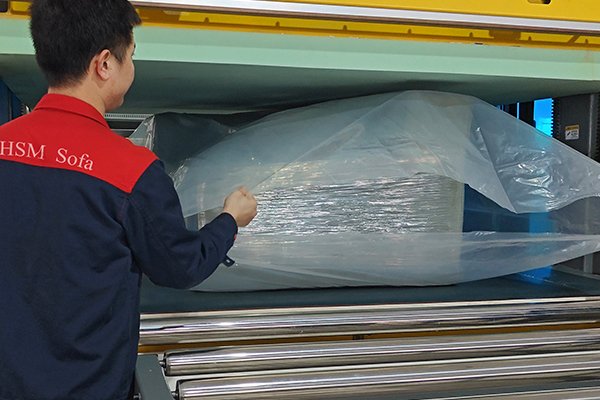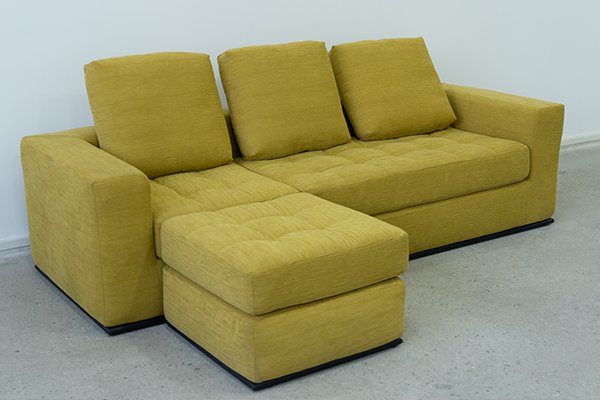
When investing in a sofa, durability is a key factor. But which type lasts longer: compressed sofas or traditional sofas?
Traditional sofas tend to last longer due to their solid construction and premium materials. Compressed sofas, while convenient, may wear out faster due to their lightweight materials and modular design.
Let’s compare their durability based on materials, construction, maintenance, and real-world usage.
How Do Materials Affect Durability?

The lifespan of a sofa largely depends on the materials used for its frame, cushions, and upholstery.
Material Comparison
| Component | Compressed Sofas | Traditional Sofas |
|---|---|---|
| Frame | Lightweight metal, engineered wood | Solid hardwood, reinforced metal |
| Cushions | High-density foam, memory foam | Coil springs, thick padding |
| Upholstery | Polyester, synthetic blends | Leather, woven fabrics |
Traditional sofas typically use solid hardwood frames and thick cushioning, making them more resistant to wear over time. Compressed sofas, designed for easy shipping, use lighter materials that may break down faster.
How Does Construction Impact Longevity?

The way a sofa is built determines how well it holds up under daily use.
Structural Durability:
- Compressed sofas use modular or collapsible designs for easy transport, which can lead to weaker joints over time.
- Traditional sofas have fixed structures, often reinforced with screws and glue, increasing their long-term durability.
Over time, repeated assembly and disassembly of a compressed sofa can lead to loose connections, while traditional sofas remain stable for decades.
Which Requires More Maintenance?

Regular maintenance extends the life of any sofa, but some designs require more care than others.
Maintenance Comparison
| Factor | Compressed Sofas | Traditional Sofas |
|---|---|---|
| Cleaning | Easy-to-clean synthetic covers | Leather and fabric need upkeep |
| Repairs | Parts can be replaced easily | Repairs require professionals |
| Cushion Wear | May lose shape over time | Retains form for longer |
Compressed sofas often use high-density foam, which may lose firmness within 5–8 years. Traditional sofas with coil springs and premium padding can maintain their shape for 10–20 years.
Real-World Usage: Which Holds Up Better?

Different environments affect sofa durability.
Best Sofa Type for Various Uses:
| Usage Scenario | Best Choice |
|---|---|
| Frequent Moving | Compressed |
| Heavy Daily Use | Traditional |
| High-Traffic Areas | Traditional |
| Temporary or Rental Use | Compressed |
If you move frequently or need a temporary solution, a compressed sofa is ideal. But for a long-term investment, a traditional sofa offers superior longevity.
Conclusion
Traditional sofas last longer due to their sturdy construction and premium materials. Compressed sofas provide convenience but may wear out faster. If durability is your top priority, a traditional sofa is the better choice. However, for easy transport and affordability, a compressed sofa is a great option.